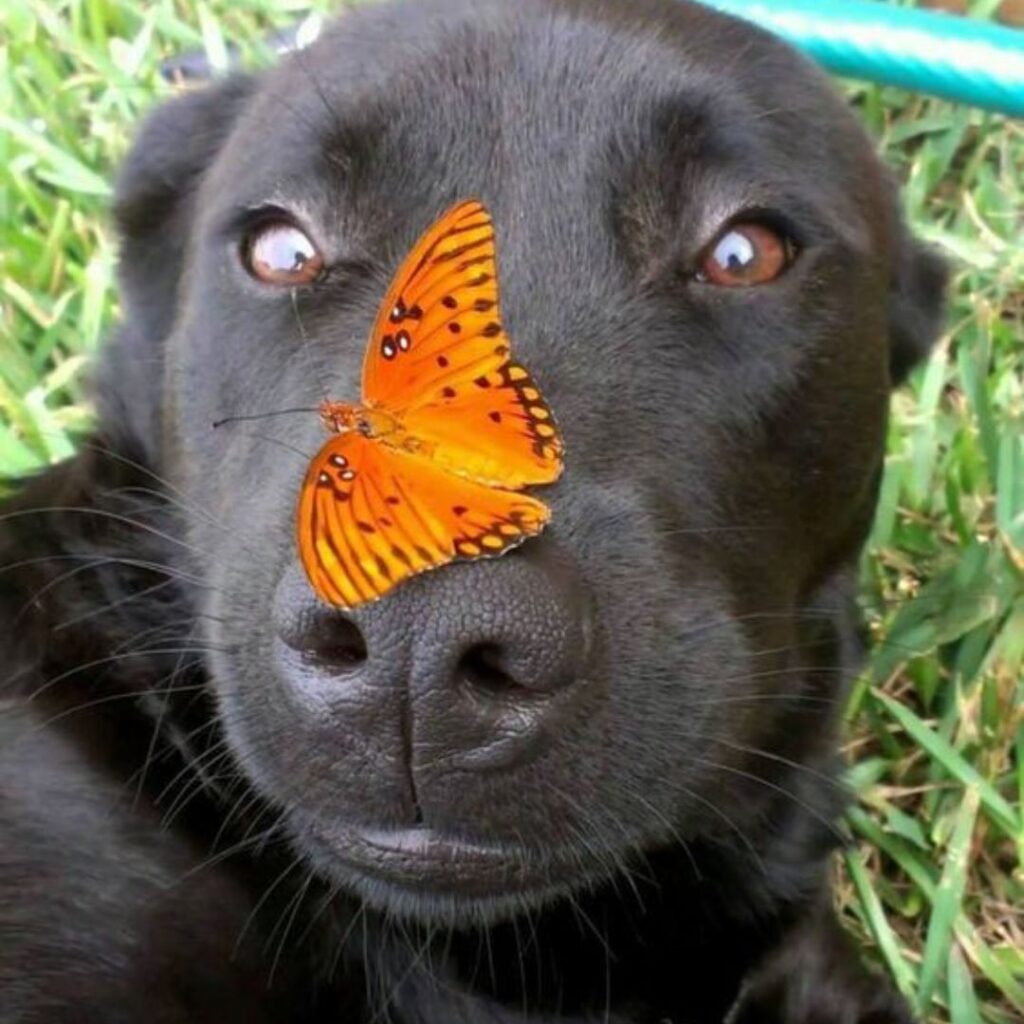
Just like people, dogs can sometimes have more of a reaction to anesthesia than expected. While veterinary medicine is highly advanced, no drug is without risk. So it’s important for pet owners to understand possible side effects in case their furry companion seems slower to bounce back from a procedure.
This article will explore warning signs that a dog may have received an anesthesia overdose and needs further monitoring or treatment. We’ll cover issues like excessive sleepiness, lack of coordination, rapid breathing and more. By learning to spot potential complications, readers can ensure their dog gets any needed follow-up care.
We’ll also address when side effects are normal versus cause for concern. With this knowledge, owners can support their dog’s recovery with assurance.
Also Read: Dog Anesthesia After Effects
Understanding Anesthesia in Dogs
Anesthesia is a state of controlled unconsciousness and loss of sensation, achieved through the administration of anesthetic drugs. It is commonly used during surgeries, dental procedures, and other medical interventions to ensure the animal remains still and pain-free. The process involves pre-anesthetic evaluation, administration of anesthetic agents, and continuous monitoring throughout the procedure.
Signs of Too Much Anesthesia in Dogs

Excessive Sedation
One of the primary signs of too much anesthesia is excessive sedation. While anesthesia is intended to induce sleep and relaxation, an overdose can lead to prolonged and deep sedation, making it difficult for the dog to wake up even after the procedure is completed.
Respiratory Depression
An overdose of anesthesia can significantly depress a dog’s respiratory system. This can manifest as slow, shallow, or irregular breathing. In severe cases, the dog may stop breathing entirely, which requires immediate emergency intervention.
Bradycardia (Slow Heart Rate)
Bradycardia, or a slow heart rate, is another critical sign of too much anesthesia. The heart rate may drop to dangerously low levels, compromising the dog’s blood circulation and oxygen delivery to vital organs.
Hypotension (Low Blood Pressure)
An overdose of anesthetic drugs can cause a significant drop in blood pressure. Hypotension can lead to inadequate blood flow to the organs, resulting in potential damage and impaired function.
Hypothermia (Low Body Temperature)
Anesthetic agents can interfere with the body’s ability to regulate temperature, leading to hypothermia. A dog under excessive anesthesia may exhibit a drop in body temperature, which can further complicate recovery and overall health.
Prolonged Recovery Time
Dogs that have received too much anesthesia often take longer to recover from the effects. They may remain groggy, uncoordinated, and disoriented for an extended period post-surgery, compared to dogs given appropriate doses.
Vomiting and Aspiration
Overdosed dogs are at higher risk of vomiting and potential aspiration of stomach contents into the lungs, which can lead to serious complications such as aspiration pneumonia.
Neurological Symptoms
Neurological signs such as seizures, twitching, or unusual behavior may indicate an overdose of anesthetic drugs. These symptoms require immediate attention and intervention.
Causes of Anesthesia Overdose in Dogs

Incorrect Dosage Calculation
One of the most common causes of anesthesia overdose is incorrect dosage calculation. Factors such as the dog’s weight, age, health status, and specific drug characteristics must be accurately considered to determine the proper dosage.
Lack of Monitoring Equipment
Inadequate monitoring during anesthesia can result in unnoticed complications. Continuous monitoring of vital signs like heart rate, blood pressure, and oxygen levels is crucial to ensure the dog’s safety.
Pre-existing Health Conditions
Dogs with pre-existing health conditions such as liver or kidney disease may metabolize anesthetic drugs differently, increasing the risk of overdose.
Drug Interactions
Interactions between multiple anesthetic agents or other medications the dog is taking can potentiate the effects of anesthesia, leading to an overdose.
Preventing Anesthesia Overdose in Dogs

Pre-anesthetic Evaluation
Conducting a thorough pre-anesthetic evaluation, including blood work and physical examination, helps identify potential risks and tailor the anesthetic plan to the individual dog’s needs.
Accurate Dosage Calculation
Veterinarians must meticulously calculate the anesthetic dosage based on the dog’s specific parameters and the characteristics of the drugs being used.
Advanced Monitoring Techniques
Utilizing advanced monitoring equipment during the procedure ensures continuous assessment of the dog’s vital signs, allowing for timely intervention if any abnormalities arise.
Post-operative Care
Post-operative monitoring is equally important to ensure the dog recovers safely from anesthesia. Close observation during the recovery period can help identify and address any lingering effects of the anesthetic drugs.

What to Do If You Suspect Anesthesia Overdose
If you suspect your dog has received too much anesthesia, it is crucial to act quickly:
- Seek Immediate Veterinary Care: Contact your veterinarian or an emergency animal clinic immediately.
- Monitor Vital Signs: Keep track of your dog’s breathing, heart rate, and temperature.
- Provide a Calm Environment: Keep your dog warm and comfortable while you seek professional help.
Also Read: How Long Does Anesthesia Last in Dogs?
Conclusion
Understanding the signs of too much anesthesia in dogs is essential for both pet owners and veterinary professionals. By recognizing symptoms such as excessive sedation, respiratory depression, bradycardia, hypotension, hypothermia, prolonged recovery time, vomiting, and neurological symptoms, timely intervention can be ensured. Preventative measures like accurate dosage calculation, thorough pre-anesthetic evaluation, advanced monitoring techniques, and diligent post-operative care can significantly reduce the risk of anesthesia overdose. Always consult with a qualified veterinarian to ensure the safety and well-being of your beloved pet during any medical procedure.